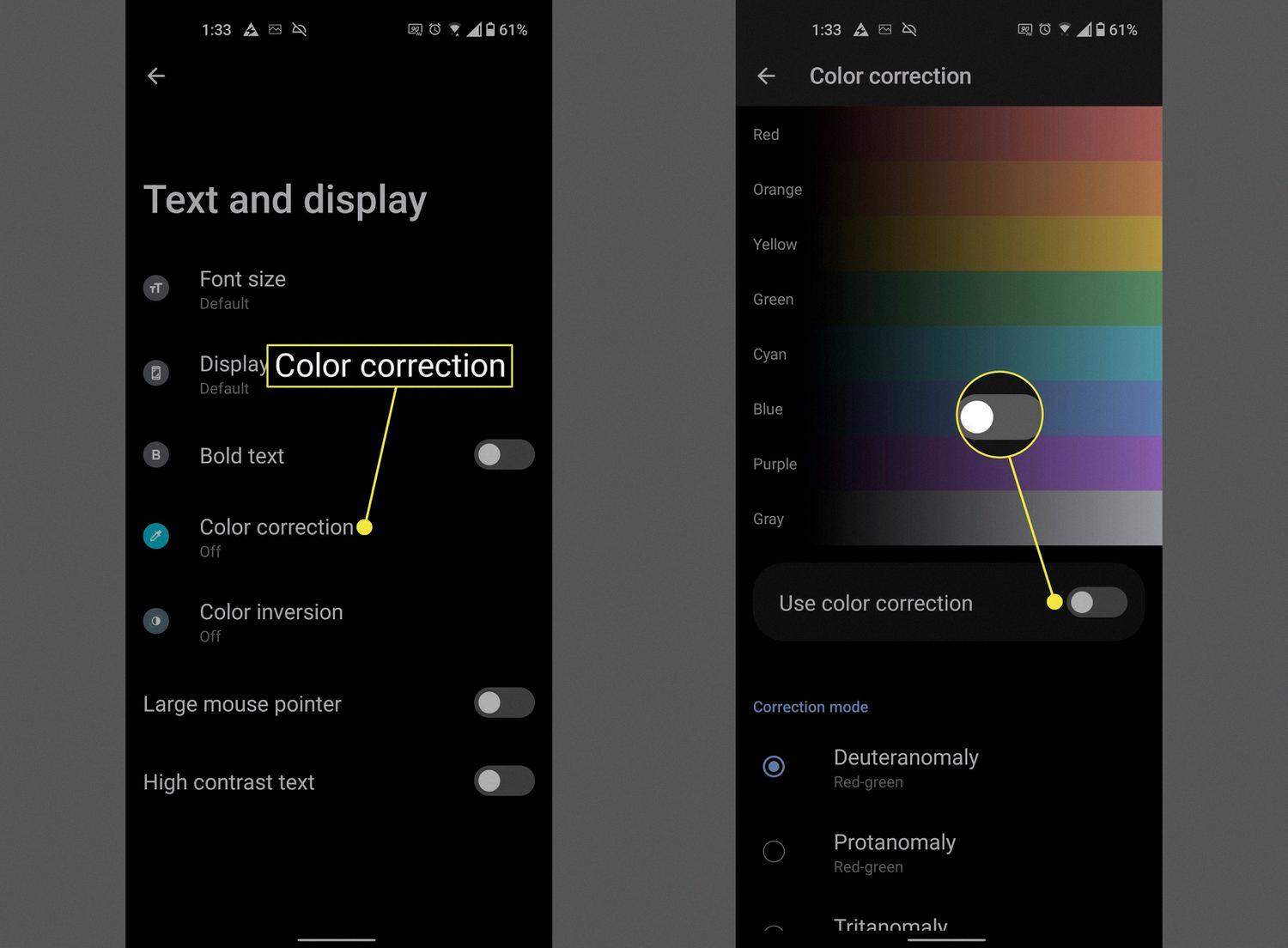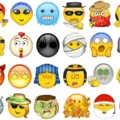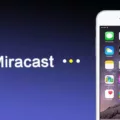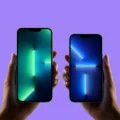Colors play a significant role in our lives, and even in the digital world, they hold special meaning. When it comes to text messages, the colors can give us a subtle hint about how the message is being sent and received. Let’s delve into the world of colors and understand what the different colors on text messages mean.
If you’ve ever used an iPhone, you might have noticed that some of your messages appear in a pleasant blue color, while others appear in a plain green. These colors are not just aesthetic choices but actually serve a purpose.
When your message appears in blue, it means that it is being sent using Apple’s iMessage service. iMessage is a messaging platform exclusive to Apple devices, such as iPhones, iPads, and Macs. It allows users to send messages, photos, videos, and more, using an internet connection instead of traditional SMS (Short Message Service).
On the other hand, if your message appears in green, it indicates that it is being sent as a regular SMS or MMS (Multimedia Messaging Service). This means that the message is being sent using your cellular network and not through the internet. Green messages can be sent and received between any mobile device, regardless of the operating system.
So, why do some messages appear in blue while others appear in green? The color of the message depends on the recipient’s device and settings. If the person you are sending the message to has an Apple device and has iMessage enabled, your message will appear in blue. However, if the recipient does not have an Apple device or has iMessage turned off, the message will be sent as a regular SMS or MMS, appearing in green.
It’s important to note that iMessage offers some additional features compared to traditional SMS. With iMessage, you can see when the recipient has read your message (indicated by the “Read” status), send larger attachments, and even engage in group chats. These features are not available with regular SMS.
The different colors on text messages carry significant meaning. The blue color signifies that the message is being sent via Apple’s iMessage platform, allowing for enhanced features and capabilities. On the other hand, the green color indicates that the message is being sent as a traditional SMS or MMS, without the extra features offered by iMessage. So, the next time you send or receive a message, take notice of the color and understand the underlying technology at play.
Why Are Some Of My Texts Blue And Others Green?
There are a few reasons why some of your texts may appear as blue and others as green. Here are the possible explanations:
1. iMessage vs. MMS/SMS: The color of your text message bubble depends on the type of message you are sending. Blue bubbles indicate that the message was sent using iMessage, which is an Apple messaging service. Green bubbles, on the other hand, indicate that the message was sent using MMS/SMS, which is the standard messaging service used by non-Apple devices.
2. Recipient’s Device: If the person you are texting does not have an Apple device, your messages will be sent as MMS/SMS, resulting in green bubbles. iMessage is a service exclusive to Apple devices, so if your recipient is using an Android or another non-Apple device, your messages will be converted to green.
3. iMessage Settings: It’s also possible that iMessage is turned off on either your device or your recipient’s device. If iMessage is disabled, your messages will be sent as MMS/SMS, and the bubbles will appear green. Make sure iMessage is enabled in your device settings and check with your recipient to ensure they have iMessage turned on as well.
The color of your text message bubbles depends on the messaging service being used (iMessage or MMS/SMS) and the devices involved. Blue bubbles indicate iMessage, which is exclusive to Apple devices, while green bubbles indicate MMS/SMS, the standard messaging service for non-Apple devices.

What Does It Mean When Your Text Messages Turn A Different Color?
When your text messages turn a different color, it typically signifies a change in the messaging protocol being used. The change in color is commonly observed in messaging apps like Android Messages and indicates whether the message is being sent via RCS (Rich Communication Services) or SMS/MMS (Short Message Service/Multimedia Messaging Service).
RCS messages are typically displayed in a darker color, while SMS/MMS messages remain in their default color. This color variation helps differentiate between the two types of messages and provides visual cues to the user.
Here are some key points to understand about the color change in text messages:
1. RCS: The darker color is used to indicate messages sent using RCS, which is an advanced messaging protocol that offers enhanced features beyond traditional SMS/MMS. RCS allows for higher-quality media sharing, read receipts, typing indicators, and more.
2. SMS/MMS: Messages sent via standard SMS/MMS protocols remain in their default color, indicating that they are being sent without the additional features provided by RCS. SMS/MMS messages are more limited in functionality, primarily supporting text and basic multimedia attachments.
3. Differentiation: The color change helps provide a clear visual distinction between RCS and SMS/MMS messages, allowing users to easily identify the messaging protocol in use for each conversation.
When your text messages turn a different color, it means that your messaging app is indicating whether the message is being sent through RCS or SMS/MMS protocols. The darker color represents RCS messages, which offer advanced features, while the default color represents SMS/MMS messages, which have more limited functionality.
What Color Text Means Blocked?
The color of text in messaging applications can vary depending on the platform and settings. In the context of iOS devices, such as iPhones, the color of your messages can provide some indications about the status of your communication with another user. When your messages appear in blue, it typically means they have been successfully sent as iMessages, indicating that the recipient is also using an iOS device and has an active internet connection.
However, if your messages suddenly switch to green, it could signify a few things. One possibility is that the recipient’s phone is in airplane mode or has no internet connection, and your messages are being sent as regular SMS or MMS instead of iMessages. Another possibility is that the recipient has switched to an Android device, as Android devices do not support iMessage.
In the context of being blocked, a sudden switch from blue to green, combined with other signs, could be an indicator that you have been blocked by the recipient. It’s important to note that this is not a definitive confirmation of being blocked, as other factors could also contribute to the change in message color. However, if you are consistently seeing green messages and experiencing other signs of being blocked, such as calls going directly to voicemail or being unable to see the recipient’s online status, it may be a strong indication that you have been blocked.
To summarize, a sudden change in message color from blue to green can indicate various things such as a lack of internet connection, switching to an Android device, or potentially being blocked. It’s essential to consider other factors and signs to determine if being blocked is the reason behind the change in message color.
What Are Texts Colors?
Text colors refer to the different hues or shades that can be applied to the text in various forms of communication, such as written documents, websites, or messaging apps. The purpose of using different text colors is to enhance readability, emphasize certain information, or simply add visual appeal.
In written documents or online content, text colors can be used to convey meaning or highlight important points. For example, headings or subheadings can be given a different color to make them stand out and grab the reader’s attention. Similarly, key terms or phrases can be highlighted using a contrasting color to make them more noticeable.
In websites or online platforms, text colors play a crucial role in user experience and readability. The choice of text color should ensure that the content is easily legible against the background color or image. Dark text on a light background or vice versa is a common practice to ensure clarity. Additionally, different text colors can be used to differentiate between clickable links, visited links, and regular text.
Messaging apps also offer options to customize text colors, allowing users to personalize their conversations. While the default text color is usually black, users can change it to any color they prefer. This customization can help individuals express their personality or make their messages more visually distinctive.
To summarize, text colors serve both functional and aesthetic purposes in various forms of communication. They aid readability, highlight important information, and add visual appeal to written documents, websites, and messaging apps.
Conclusion
Colors play a significant role in our lives, influencing our emotions, perceptions, and even our behavior. From the vibrant and energizing effects of warm colors like red and orange, to the calming and soothing effects of cool colors like blue and green, colors have the power to evoke specific feelings and create a certain atmosphere.
Colors are also used in various industries and fields to convey specific messages and associations. For instance, red is often associated with passion, love, and excitement, making it a popular choice for brands in the entertainment and food industries. On the other hand, blue is commonly associated with trust, reliability, and professionalism, making it a common choice for financial institutions and healthcare providers.
Furthermore, colors can also be used strategically in marketing and advertising to attract attention, create brand recognition, and influence consumer behavior. Research has shown that color can have a significant impact on consumer perception and purchasing decisions, with different colors evoking different responses and associations.
In everyday life, colors also have cultural and symbolic meanings. Certain colors may hold specific significance in different cultures or religions, and they may be used to represent certain ideas or concepts. For example, in Western cultures, white is often associated with purity and innocence, while in some Eastern cultures, it may symbolize mourning and death.
Colors are not just visual elements, but powerful tools that can communicate messages, evoke emotions, and shape our experiences. Understanding the psychology and symbolism behind colors can help us make informed choices in various aspects of our lives, from personal style and home decor to marketing strategies and branding.








